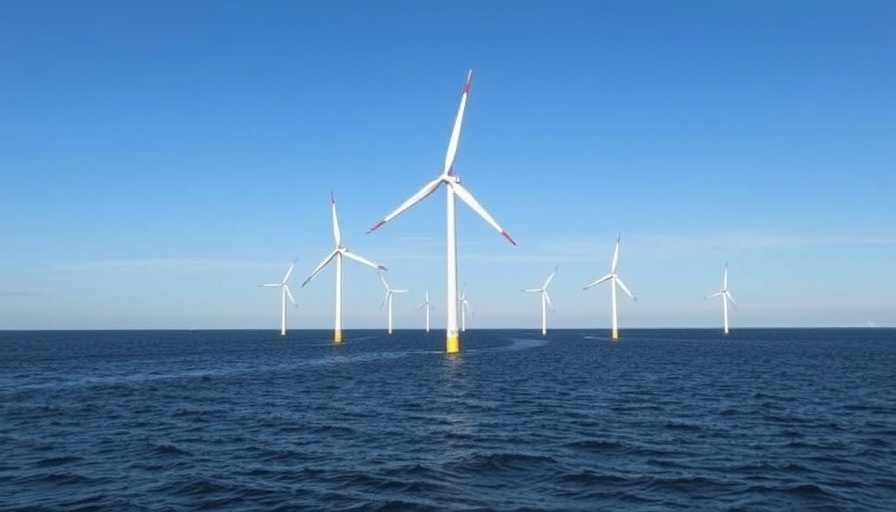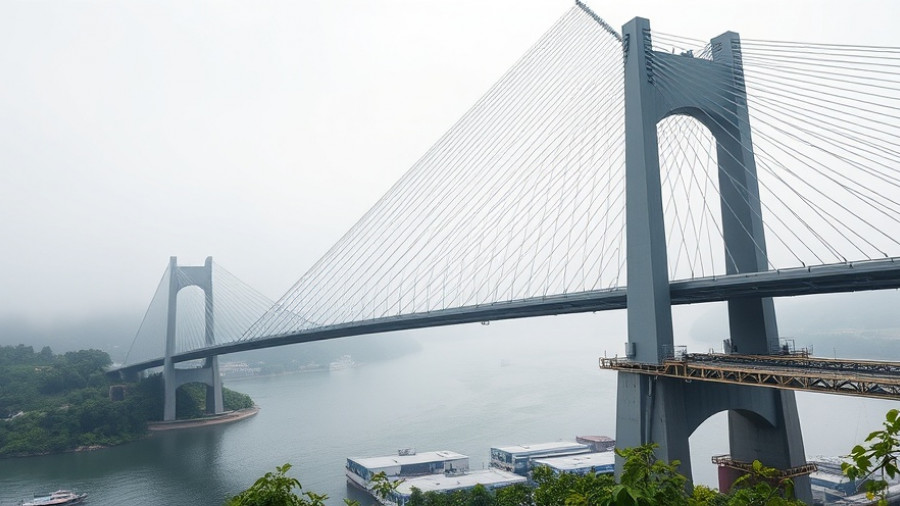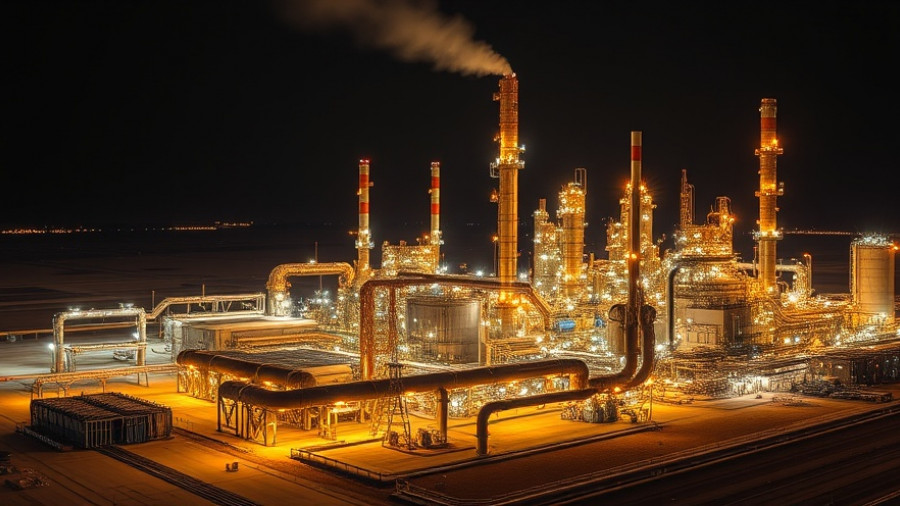
Equinor's Windy Resilience: A Green Project in Uncertain Times
In a bold rebuttal against the Trump administration's decision to pause a $5 billion offshore wind project off the coast of New York, Equinor is making waves in the green energy sector. The energy company is doubling down on its commitment to sustainable energy, arguing that the project is not just a need but a necessity for the future of energy in the state.
The Importance of Offshore Wind Energy
With global warming worries escalating, offshore wind energy has emerged as a front-runner in renewable energy solutions. New York State aims to generate 50% of its electricity from renewable sources by 2030, and projects like Equinor's are crucial for meeting this ambitious target. Initiatives aimed at harnessing the vast wind resources off our coasts not only promise cleaner energy but also a significant boost to the local economy.
Location, Location, Location: Why New York?
The Atlantic Ocean provides an unrivaled opportunity for harnessing wind power, making New York a strategic location for such innovative projects. With approximately 1,000 megawatts of generation capacity promised from the Equinor project alone, the implications for construction firms eager to enter the green space are significant. Navigating the logistical challenges of offshore construction, including equipment transport and installation practices, are vital for ensuring timely and cost-effective project completion.
Navigating Political Turbulence: The Broader Impact on Construction
While Equinor stands firm, it's essential to recognize the broader implications of governmental decisions on construction projects. With transferring political winds capable of impacting project timelines and funding opportunities, construction and project management firms will need to adapt rapidly to shifts in policy. Understanding and anticipating these changes can make all the difference in project efficiency—for better or for worse!
The Future of Offshore Wind Projects: Opportunities Ahead
The pushback against the administration’s hold on renewable projects signifies a growing momentum within the green construction movement. As companies like Equinor enhance their advocacy, businesses in construction should be on the lookout for collaborative opportunities that could arise from this shift. Green technology and sustainable practices stand to transform how projects are conceptualized and implemented, shaping an eco-friendly future for our infrastructure.
Your Role in the Energy Transition
For clients of commercial construction companies, engaging with energy-efficient projects is not merely a trend but a strategic decision with long-term benefits. Partnering with firms that prioritize renewable technology can not only lead to better project outcomes but also enhance your brand's commitment to sustainability.
As the energy landscape continues to evolve, so too must our approaches. Staying informed and being adaptive to change will equip professionals and firms alike to navigate the new age of construction and energy with confidence—certainly, it’s a future worth investing in!
 Add Row
Add Row  Add
Add 




Write A Comment